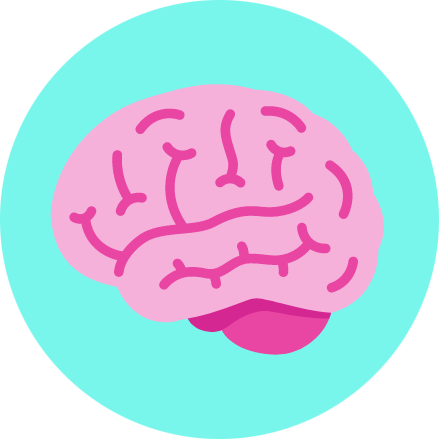But one of the other things I'm here to do is bring the research STRAIGHT TO YOU while simplifying the concepts.💃 Since dance is so aesthetic based, Educators will avoid training dancers' less dominant side because it doesn't look 'good'.... This might logically make sense to them, but it doesn't make sense from an Exercise Science perspective. These are considered foundational movement patterns that should not be ignored.💡 So where does this lead over time? It actually creates more imbalance in the body because you're essentially IGNORING the parts that NEED the most ATTENTION.
Here are a few things I teach my dancers about this concept
🧠 I try to encourage them to forget about what that side 'looks like' right now
🧠 I tell them that there will be a transition phase as that side builds strength
🧠 Be patient and consistent and you WILL see results on that less dominant side
🧠 One of the main movements I apply this to are all types of turns
🤔 But completely ignoring it? Noooooope, not an option in my classes.
References
NASM. (2021). NASM essentials of corrective exercise training (2nd ed.). Jones & Bartlett.
Here are a few things I teach my dancers about this concept
🧠 I try to encourage them to forget about what that side 'looks like' right now
🧠 I tell them that there will be a transition phase as that side builds strength
🧠 Be patient and consistent and you WILL see results on that less dominant side
🧠 One of the main movements I apply this to are all types of turns
🤔 But completely ignoring it? Noooooope, not an option in my classes.
References
NASM. (2021). NASM essentials of corrective exercise training (2nd ed.). Jones & Bartlett.

